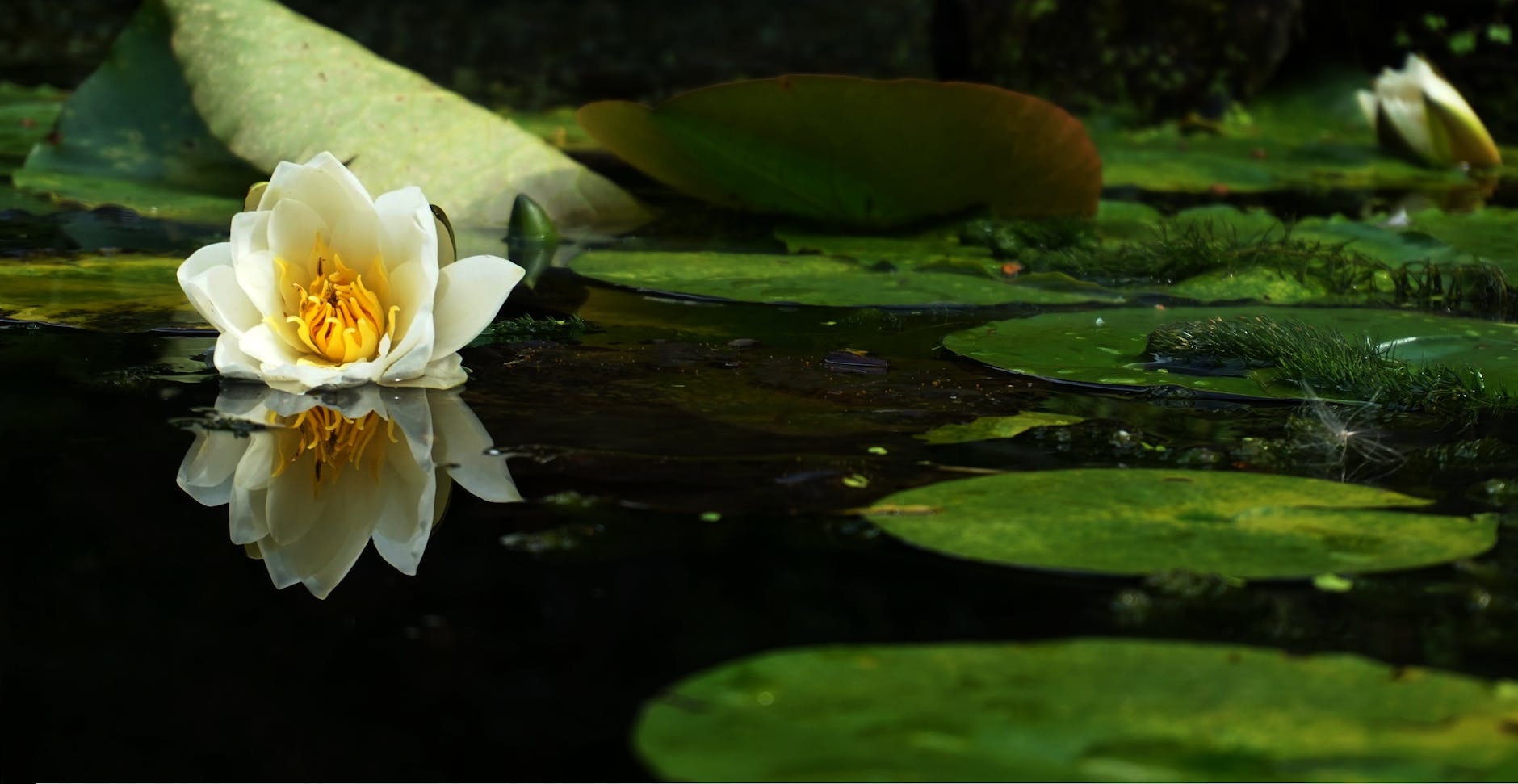I am starting to watch older Oxford Nanopore Technologies (ONT) videos to prepare background information for the course we are developing. Tonight, I watched a session by Rob Harbert from Stonehill College. The title of the presentation was “Monitoring plant biodiversity in aquatic eDNA with low-cost Oxford Nanopore Flongle sequencing.”They used the Flongle for metabarcoding. Harbert defined environmental DNA as “trace amounts of DNA […] from environmental samples like air, water, and soil.” In June of 2019, Harbert and the team collected samples from a swamp and pond near their campus. Resampling was performed in two weeks. They extracted DNA with the DNEasy Power Water Kit and used the PCR Barcoding kit for library preparation. They sequenced using the Flongle R9.4 flow cells. Yields varied from the samples. The composition of samples was reproducible and able to differentiate samples. The pipeline is cost-effective with a ~$14 per amplicon target. In the future, the team will focus on reproducibility. This session provided some ideas for the use of Flongles for the detection of plant biodiversity. I would like to know which primers they used. They mention using six genomic targets.



